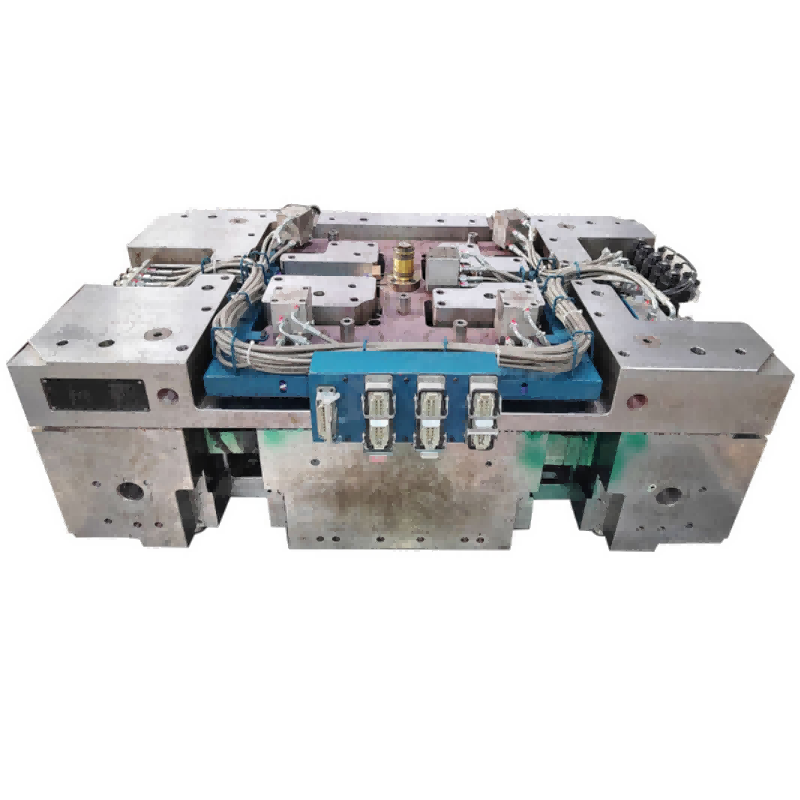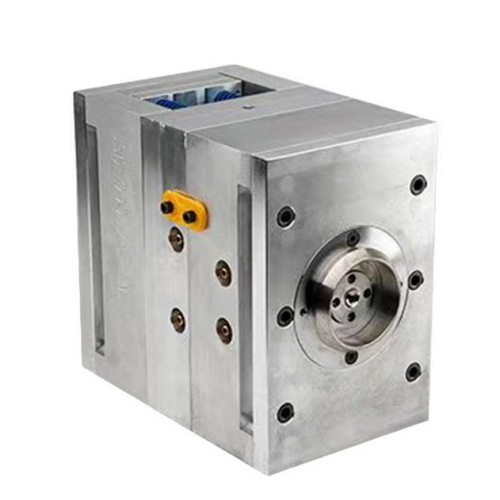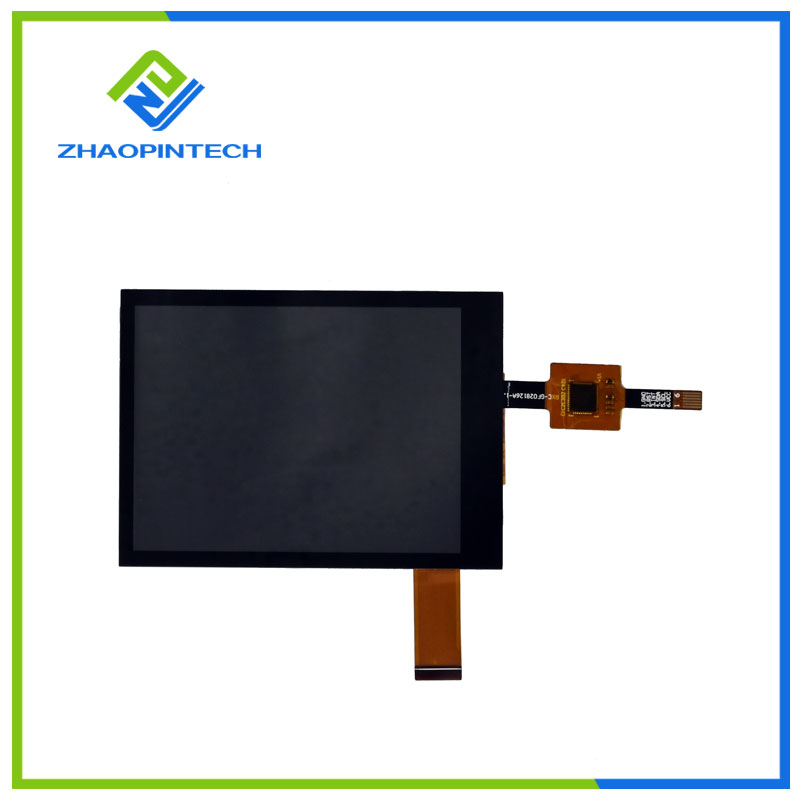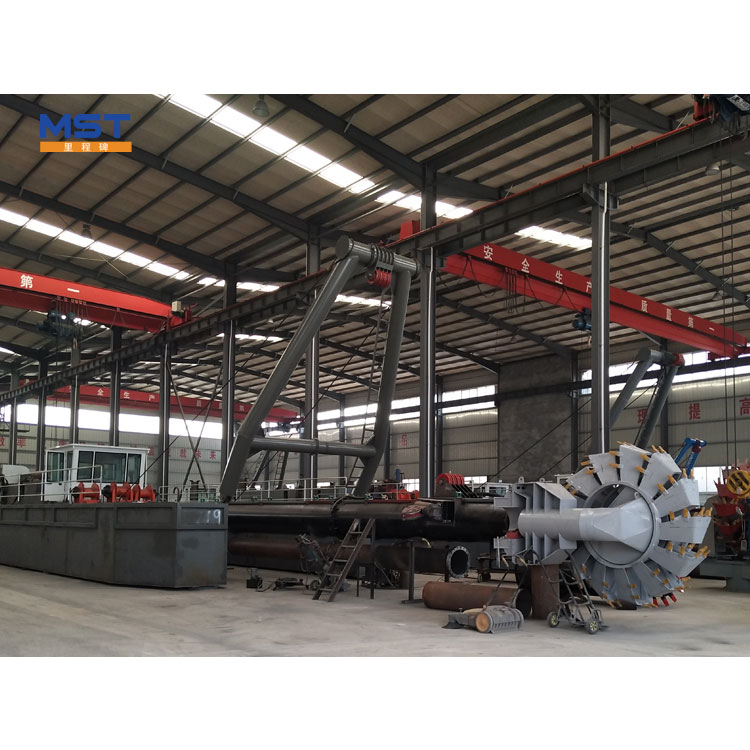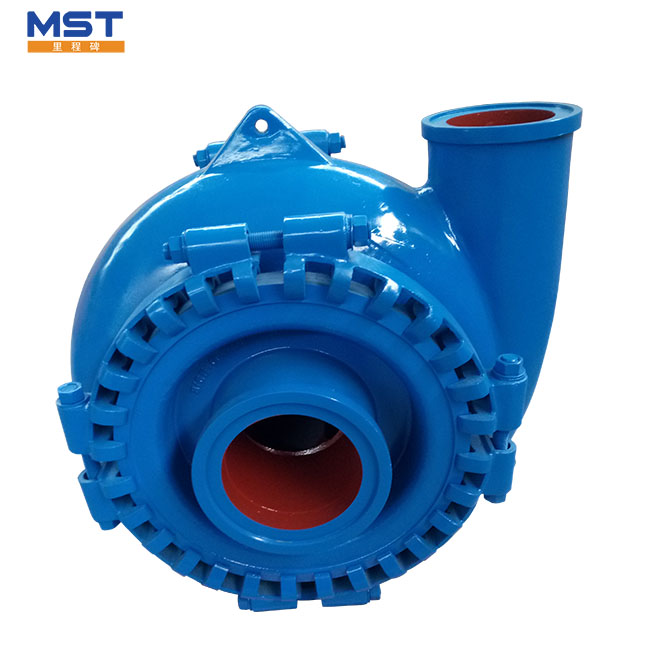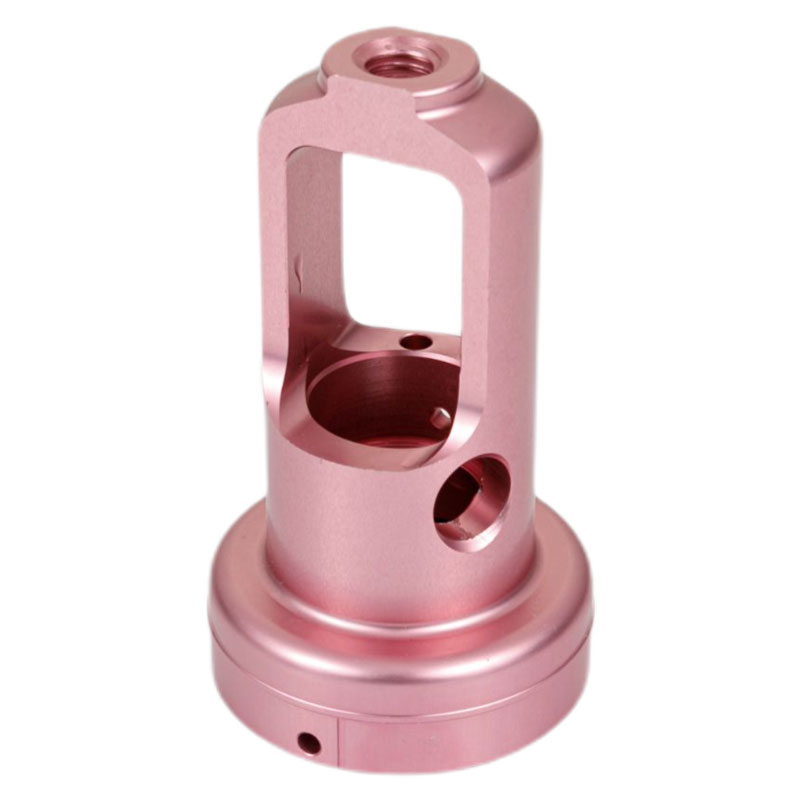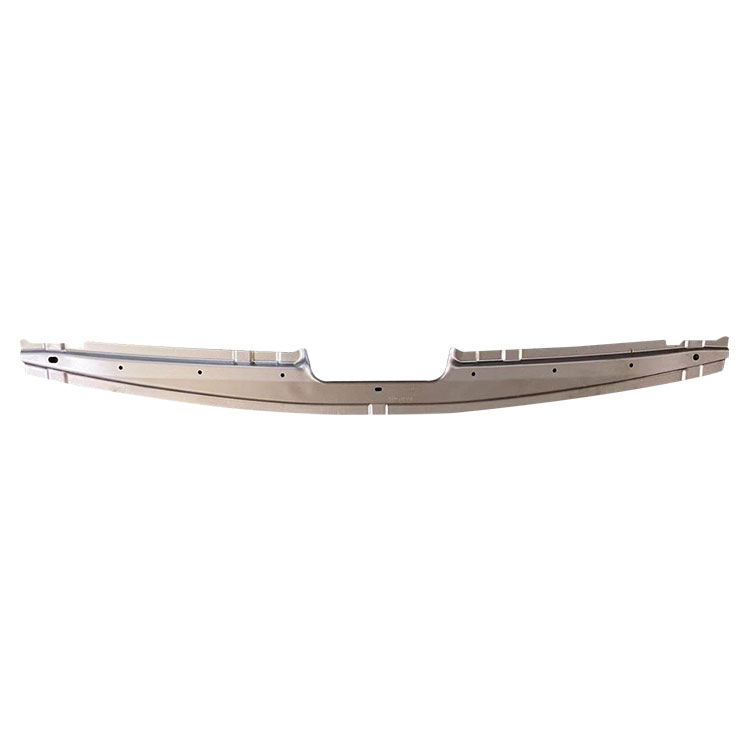Injection Molding Tool
Injection molding is a manufacturing process used to produce plastic parts by injecting molten plastic material into a mold cavity. The injection molding tool, also known as a mold or a tool, is a critical component in this process. It defines the shape and features of the final product and directly......
Send Inquiry
Product Description
Injection molding is a manufacturing process used to produce plastic parts by injecting molten plastic material into a mold cavity. The injection molding tool, also known as a mold or a tool, is a critical component in this process. It defines the shape and features of the final product and directly affects its quality, consistency, and efficiency.
Here's an overview of injection molding tools:
1. Tool Construction: Injection molding tools are typically made from high-quality metals, such as steel or aluminum. The choice of material depends on factors like production volume, part complexity, and budget. Steel molds are durable and suitable for high-volume production, while aluminum molds are lighter and often used for lower volume runs or rapid prototyping.
2. Tool Components: An injection molding tool consists of two main halves: the "cavity" side and the "core" side. These halves fit together to create a mold cavity that defines the shape of the final part. The tool also includes various features like runners, gates, ejector pins, and cooling channels.
3. Mold Cavity: The mold cavity is the negative space into which molten plastic is injected to create the desired shape. It's designed to account for shrinkage of the plastic material during cooling and solidification.
4. Runners and Gates: Runners are channels through which molten plastic flows from the injection molding machine's nozzle into the mold cavity. Gates are openings that control the flow of plastic into the cavity. The design of runners and gates affects the filling pattern, part quality, and material usage.
5. Ejector System: After the plastic has cooled and solidified within the mold cavity, the ejector system helps remove the part from the mold. Ejector pins push the part out of the mold once it's ready.
6. Cooling System: Efficient cooling is essential for maintaining part quality and minimizing cycle times. Cooling channels are integrated into the mold to dissipate heat from the molten plastic. Proper cooling ensures uniform part solidification and shorter cycle times.
7. Parting Line: The parting line is the interface where the mold's two halves come together. It's important to design this area carefully to minimize flash (excess plastic at the parting line) and ensure proper alignment of the mold halves.
8. Venting: Adequate venting is crucial to allow air and gases to escape as the mold cavity fills with plastic. Insufficient venting can lead to defects like air pockets and incomplete filling.
Injection molding tools are created through precision machining and manufacturing processes. The design and construction of the tool have a direct impact on the quality, accuracy, and consistency of the final molded parts. Tool design involves considering factors such as material selection, part geometry, draft angles, wall thickness, and surface finish requirements.
Creating injection molding tools can be a complex and specialized process, often requiring collaboration between design engineers, toolmakers, and injection molding experts to ensure the tool is optimized for the production of high-quality plastic parts.
